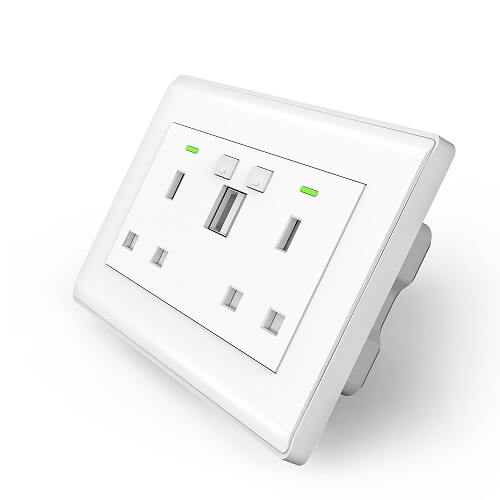What exactly is a USB?
The Widespread Serial Bus “USB” 3. is easily the most recent specification of USB standard set lower by Intel. It was actually unveiled in August 2008, by a small group of programmers brought by Intel. The technology works with the exchange of information at very high rates – from 625 Megabytes for each secondly up to 5 gigabits every second, which happens to be really 10 times as fast as compared to USB 2.. When USB technology was initially introduced, it was regarded as being among the finest items to have at any time took place in private computers, and Laptop or computer consumers made welcome it wholeheartedly. Throughout the years, the USB technology has kept on changing, and has grow to be more and more successful in addition to well-known. Numerous variants of interfacing plugs are already designed and developed by companies to aid the technology, as well as link various peripheral units with all the Personal computer system. In the beginning created to use by modems and routers, USB now works with a hoard of exterior devices, which is often linked using the Personal computer mainly for information shift uses. However, majority of the devices communicate with PCs through USBs including keyboards,mice and printers, etc. Fundamentally, USBs assist to interface or “be a part of” additional or peripheral products with PCs.

Units employing USB technology
Units that can help us to interact with the Laptop or computer are generally known as man interface units. USB can help these products in order to connect with all the Computer through particular sockets specifically created to support their program. Human user interface units like keyboards and mice need very low bandwidths for speaking uses, and are quite successfully supported by even USB 1.. However, external peripheral devices such as printers, faxscanners and machines, hard drives, and backup devices need higher versions of the USB technology. Units for example mobile devices, digital cameras, video game counsels, and private computerized assistants (PDAs) also communicate by way of USBs.
USB versions and speed exchange rates
The USB technology has changed over the years, together with every new version, they have constantly increased the info move amount:
• USB 1. supporting low increase to 1.5 Mbps
• USB 1.1 helping whole speed up to 12 Mbps
• USB 2. promoting high-speed up to 480 Mbps
• UBS 3. promoting awesome increase to 5 Gbps
USB 3. compatibility with model 2.
USB 3. attains its exceedingly higher transfer charges by including four more cords in its data cord – an absolute of six wire connections. It supports complete-duplex communication protocol (capacity to give and also obtain information concurrently on the identical method), and makes use of negligible electrical power. It facilitates backward compatibility with USB 2. model devices. To achieve the full benefit of USB 3. it is required to use devices compatible with the latest USB version, and its special cable.
Check out about british wiring accessories check out our new webpage.
